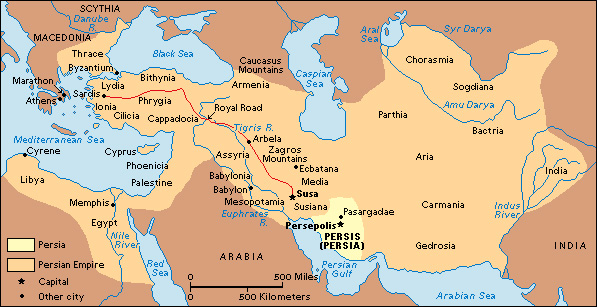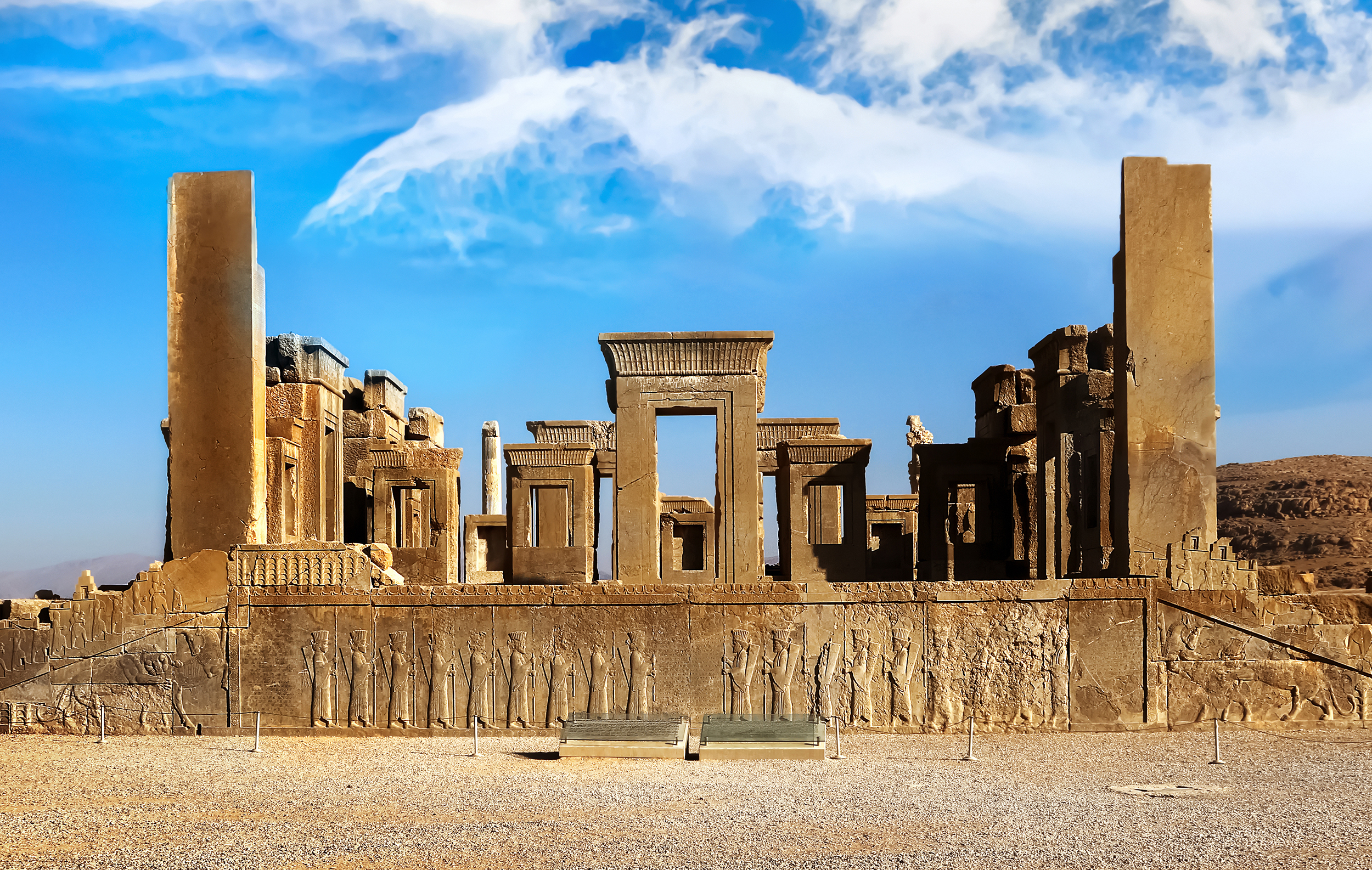Darius << duh RY uhs >> I (550?-486 B.C.) ruled the Persian Empire, also called the Achaemenid Empire, from 522 B.C., when he seized the throne, until his death. Historians believe that Darius probably participated in a conspiracy to assassinate King Bardiya, the younger son of Cyrus the Great. However, Darius claimed to have killed a rebel posing as Bardiya instead.

Darius enlarged the empire, adding Thrace, on the Balkan Peninsula, to it in 513 B.C. Later, he expanded Persian power as far east as what is now Pakistan. Darius efficiently organized his empire into 20 provinces called satrapies. He employed officials to draft troops and to collect taxes and tribute payments from neighboring nations. Darius secured the economic well-being of the Persian Empire and established effective legal reforms.

In the early 490’s B.C., Darius put down a rebellion by the Ionians of western Asia Minor (now part of Turkey). He then sent his general Datis to invade Greece. The Greeks, though outnumbered, won an overwhelming victory against the Persians at the Battle of Marathon, northeast of Athens. Darius died in 486 B.C., before he could make another attempt at conquering Greece.
See also Persia, Ancient (The Achaemenid Empire).
